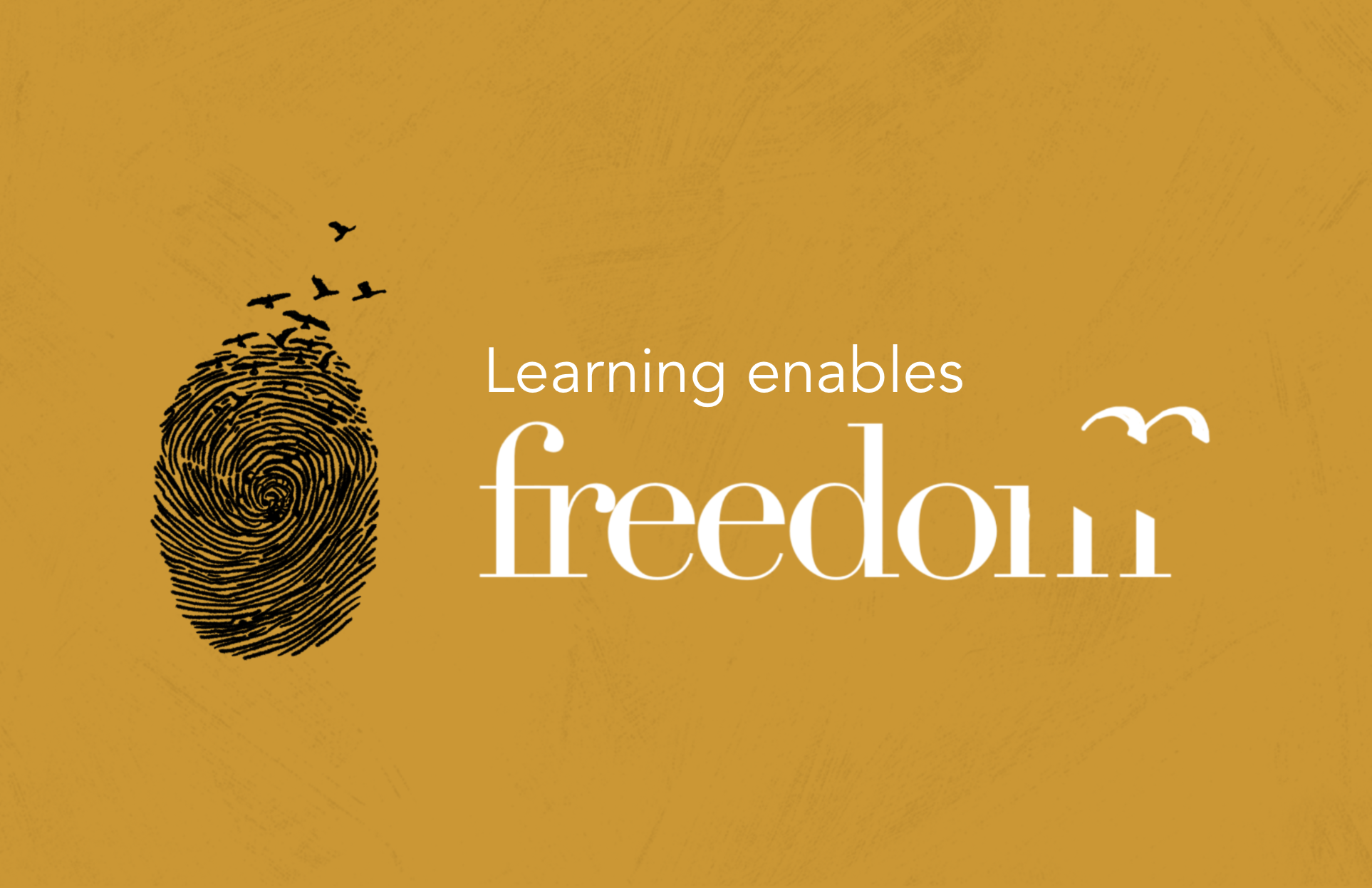Our Blog
Feedback Analysis – a tool to receive feedback from self

Feedback Analysis – a tool to receive feedback from self
“Becoming is better than being” – Carol S. Dweck
The fastest way to grow in any facet of life is by identifying what you are doing right and what needs to be improved. Asking your friends and colleagues to give you feedback can help you uphold mirror to your strengths and shortcomings. But, a lot of times, especially if in a position of leadership, you may not receive feedback on all aspects of your behavior or judgment from others. Or, you may not receive it as frequently as you like.
Consider the case of a hiring manager. As she hires people, she has a certain expectation about how they will perform. A short-term view of receiving feedback in this scenario is by looking at the results. If the new hire performs well, the manager took a good decision. If they could not meet expectations, or company is facing high attrition rate, the process used by the manager needs to be improved. This kind of feedback is given by the ‘others’, and can provide short-term insights for improvement.
Peter F. Drucker in his book Managing Oneself talks about a tool called Feedback Analysis to receive feedback from one’s own self for constant growth. This tool asks the user to note down their decisions and the results they expect from it in a specified time frame and match it with the actual result after the time frame is complete. This tool can be used by anyone but comes particularly handy to people who take decisions in multiple spheres and want to understand where their judgment is strong, and where does it need improvement.
Consider the case of our hiring manager again. If she were to use feedback analysis for this process, she would maintain a diary or online portal where whenever she hires a person, she mentions their name, position, expected result, assumptions while taking the decision, and a time frame. And, when that time frame comes to a close, she notes down the actual result. This tool can be insightful in multiple ways—as Drucker says within 2-3 years of using this tool one may realize that they are very intuitive when it comes to hiring a technical team member as opposed to a human resource person, or one may realize that when they took the decision with one more team member it led to favorable results as opposed to taking the decision alone.
The long-term data that feedback analysis provides can be used by an individual to derive broad insights as well as a nuanced understanding of one’s own strengths. As one continues to use it for receiving feedback, their assumptions and decision-making ability improve leading to better decisions that produce more realistic results.
About the Author Anchal Gupta
Founder CIELead, Women’s Leadership Fellow, Speaker and Research consultant. Being a Young India and Gandhi fellow, Aanchal has experience in the education management and leadership space over the last five years. She is passionate about bringing the identification of the power of a Diverse and Inclusive workspace among leaders and building a culture that can foster the same.
Suggested Blogs

Action Committees: A Micro Paper
What is an action committee? An action committee is a group of people within a department or different departments who work together temporarily (for a stipulated period of time or…
Learning Enables Freedom - Independence Day, August 15th Event
On this Independence Day, August 15th, as we approach our 75th year of independence, leaders from organisations, non-profit institutes, government school systems, and youth leaders from our Youth Leaders Program…


